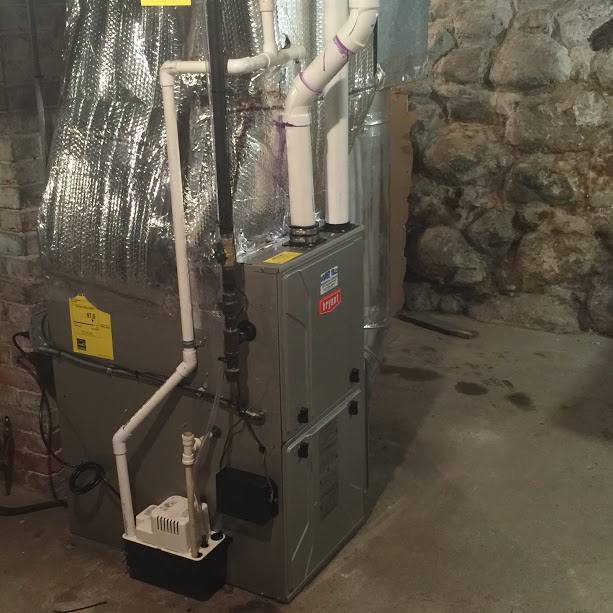Why Service Your Furnace Every Year
Most of us know that we should get our furnace serviced each year; but it’s easy not to take this seriously, assuming that your furnace works fine and “it’s not that old anyway”.
If you’re not someone who insists on a yearly checkup for your furnace, you might like to know some of the unexpected benefits, and what you might be missing out on.
1. Stay Warm and Cozy all Winter
If you’re not a heating professional, how can you know for sure that your furnace isn’t going to break down on you midway through winter when it’s freezing cold and you’re snowed under? Most people would probably prefer to pay for furnace repairs on their own terms, not when they’re cold and in an emergency.
When you have a yearly furnace tune-up before the start of winter your furnace service technician will be able to identify potential issues – long before they become a problem. If your furnace is on the brink, you’ll know about it and have plenty of time to find a replacement before the cold weather sets in.
2. Reduce your Energy Bill
Data from the U.S. Department of Energy estimates that homeowners could save as much as 30% on their energy bill by maintaining their furnace, insulation and thermostat settings. They also suggest that heating your home accounts for as much as 42% of your total energy costs each year, so it makes sense to do things to keep the cost of running your furnace down; especially when winter seems to drag on and on.
3. Ensure Proper Air Flow
As part of your furnace tune-up your technician should check that the heating system has proper airflow. If the flow of air is restricted then this places unnecessary strain on your furnace which can reduce its lifespan, increase the likelihood of repairs and cause your energy bills to rise.
4. Peace of Mind Against Carbon Monoxide and Gas Exposure
Furnaces that use oil or gas that have a fault and start leaking can expose you to dangerous carbon monoxide – known as the silent killer. Remember carbon monoxide is colorless, odorless and tasteless. If you have a gas furnace your first sign that you’ve been exposed to carbon monoxide might be feelings of nausea, headaches and lightheadedness. In low levels, carbon monoxide can cause cold and flu-like symptoms. In higher doses, it can be fatal.
An annual tune-up from a furnace technician gives you the peace of mind that your furnace is in sound condition and isn’t likely to suddenly leak toxic gas into your home.
Any home or business that has a gas or oil-fired furnace or boiler or any other source of gas should install a carbon monoxide detector as an additional precaution.
5. Maintain Your Manufacturer Warranty
Most good quality furnaces have warranties of 10 years; and if you ever need to make a claim you can be sure that the manufacturer is going to want to know you’ve taken every reasonable step to care for it. It’s not likely you’ll find any manufacturer that doesn’t recommend a regular service and they’ll want to see evidence that you’ve followed their advice when you make a claim. If you do have an annual service tune-up, make sure to keep records to prove that you had the service in case you need to cash in your warranty.
6. Better Air Quality
This isn’t necessarily the first thing on people’s mind when they call up for a furnace tune-up, but it’s certainly something that’s worth having. Data from the EPA (Environmental Protection Agency) states that indoor air pollution can be 2-5 times higher and sometimes 100 times higher than outside. One of the ways that you can keep the air you breathe clean and healthy is by maintaining your furnace, cleaning and replacing filters and ensuring the furnace is safe and clear to operate.
Would you like to learn more about how you can care for your furnace in Berlin, New Britain and the rest of Hartford County CT? Riley Plumbing Company offers full repair, installation and service for gas, oil and electric furnaces. Call: 860-225-1534 to find out more about annual tune-ups.





Recent Comments